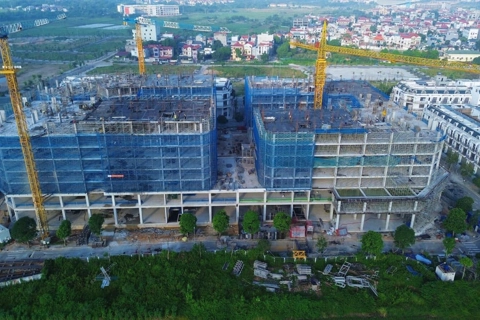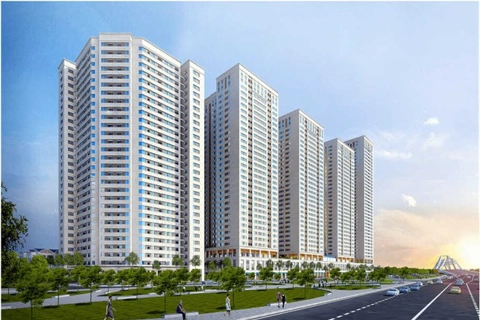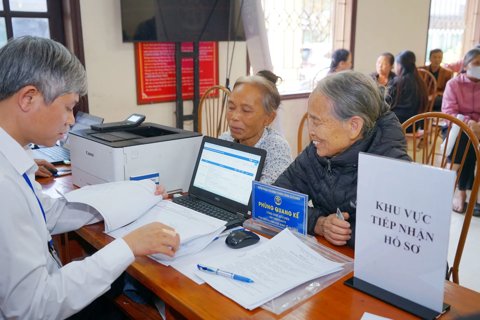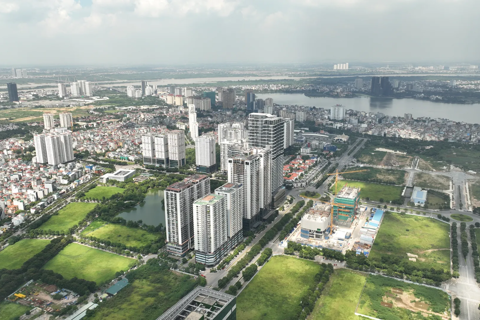Hanoi to develop US$38 million industrial cluster
The industrial cluster is designed to be multi-industry, with a focus on supporting industries, semiconductors, electronics, information technology and automobile manufacturing.
THE HANOI TIMES — The Mai Dinh Industrial Cluster with an investment of more than VND1 trillion (US$38.6 million) will be built this year in Hanoi's suburban district of Soc Son, according to the municipal People's Committee.
Built on an area of more than 66 hectares, the industrial cluster is expected to be completed in two years and operate for 50 years.
As one of the large-scale industrial cluster projects in the northern part of the capital, it is expected to give new impetus to supporting industries and transform the local economic structure.
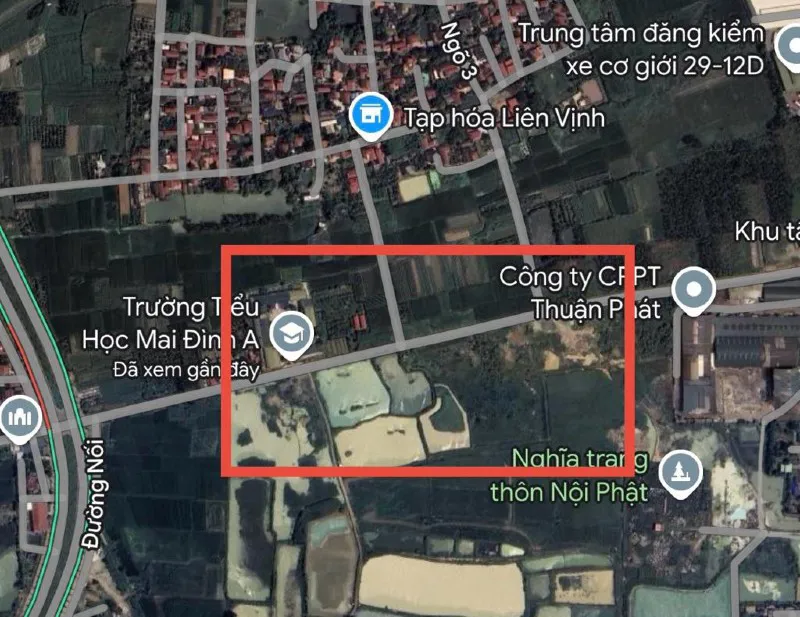
The area marked in red is expected to be the Mai Dinh Industrial Cluster project in Soc Son District. Photo: The Hanoi People's Committee
The industrial cluster is designed to be multi-industry, with a focus on supporting industries, semiconductors, electronics, information technology, automobile manufacturing, and electronic equipment, which are low-emission, low-energy consumption, and high-value-added sectors.
It will have a wastewater treatment system using modern technology, separate wastewater and storm water drainage systems, industrial waste and garbage collection and treatment areas. The project will also invest in electricity, lighting, trees, and internal traffic systems to ensure technical standards and urban aesthetics.
In particular, the industrial cluster is exclusive of residential areas, accommodation or commercial centers.
The cluster is one of the concrete steps to implement the Hanoi Industrial Cluster Development Plan to 2025, with a vision to 2030. Soc Son District has been identified as a priority area for the development of supporting industries, high-tech industries, modern technical infrastructure, and environmental protection.
Statistics show that Hanoi has more than 110 planned industrial clusters, including 60 operational, but few are green, clean, and high-tech.
In 2025, Hanoi aims to complete the technical infrastructure for 43 industrial clusters and expand 20 others. Priority will be given to secondary investment projects with clean and high technology, bringing high value-added and sustainable development.
According to urban planning experts, investing in industrial clusters in the suburbs of Hanoi will not only create thousands of jobs but also help shift the economic structure from agriculture to industry, in line with the development orientation of the capital region.




